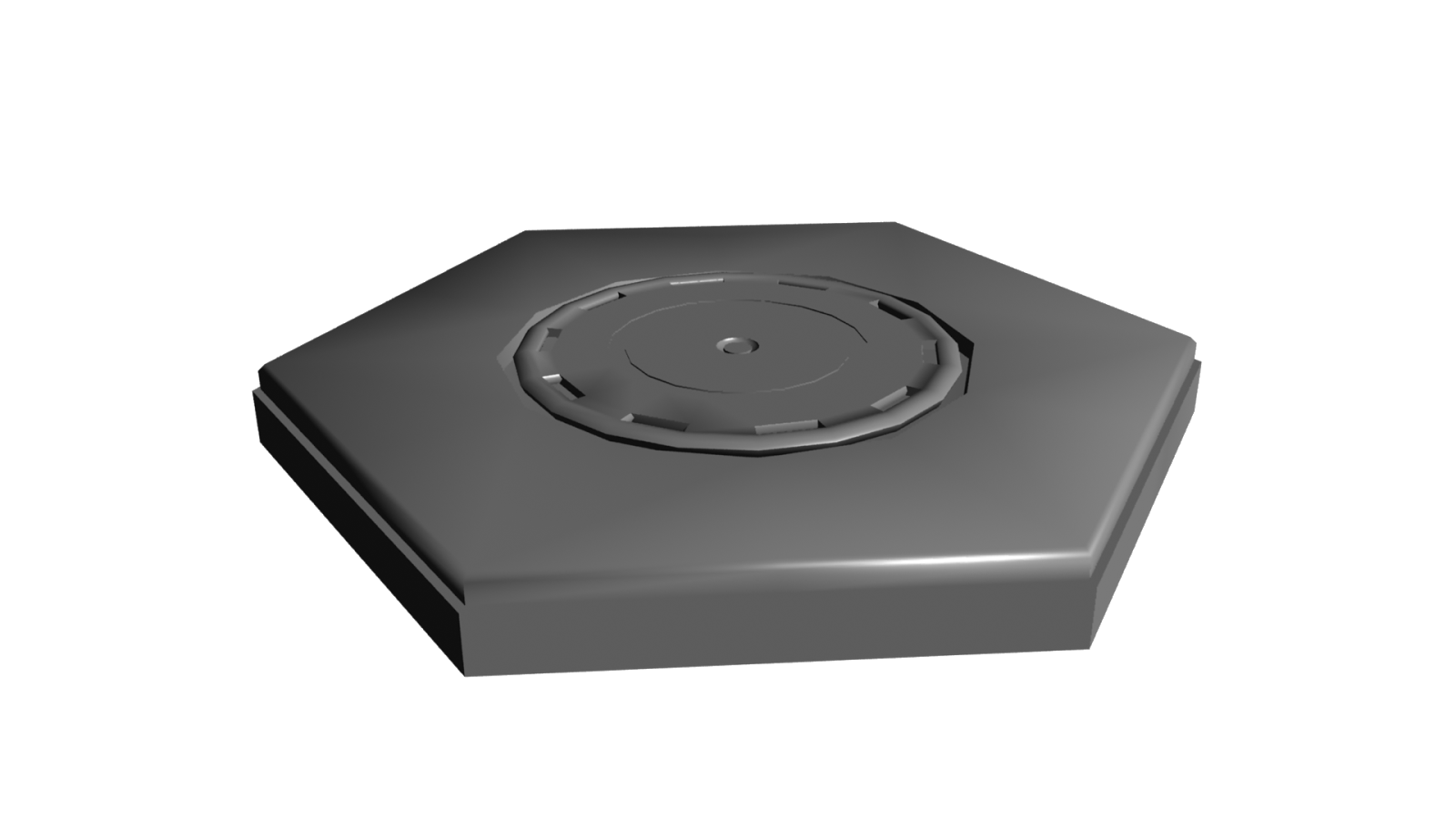MDHammond's 3D Blog
About Me
- Matthew Hammond
- British Computer Animation student currently studying at Teesside University in his final year
Thursday, 23 May 2013
Thursday, 9 May 2013
Saturday, 30 March 2013
Stealth Covering
Finally getting to the exterior proper
Here's the stealth covering for the top of the ship
There will be gaps made for the protruding sensory equipment and hatches
As you can see, the light appears to be distorted across the surface as designed
Thursday, 21 March 2013
Populating the Anderson
Here I have started populating the ship's rooms with assets; chairs, servers, airlocks, doors, beds, wardrobes transformers, inverters, the battery bank, circuit breakers and escape pod hatches.
Friday, 15 February 2013
Assets
Airlocks
Crew Chair
Bridge Desk
Doors
(Side)
(Front)
Enclosed Transformer
Escape Pod Hatch
Nuclear Thruster
(Exterior)
(Interior)
Server
Thursday, 7 February 2013
Changes and Reasons
One of my initial concerns was how to provide the medical care safely and easily. Another was to provide the passengers aboard the ship a comfortable and not-too-unsettling journey. The obvious answer was gravity.
Unfortunately providing gravity in a space environment is usually expensive, in resources, space and energy. The most developed method is to use a torus structure spinning at high velocity, causing the contents to be forced against the outer surface. Providing one of these large enough without encumbering the ship or providing discomfort to the passengers moving in and around it would have been counter-productive.
Therefore I have removed the outer ring from my design, instead opting for a more radical approach. Extrapolating on current research (http://arxiv.org/ftp/gr-qc/papers/0203/0203033.pdf), I have chosen gravitoelectromagnetism through super-conductors as my source of the force. This is where I have chosen to take artistic liberties with the ship, but I will provide ample space for the housing for such technology and its source of power. I will also have to create a safe environment should the system lose power.
I have also reduced the amount of floor space needed for the rescue equipment, as continued work on plans has revealed I had overestimated the space required.
The large port and starboard engines have been removed, as I have increased the number of VTOL capable engines, which are integrated into the landing gear. This will allow the ship's weight to be more evenly spread and provide more responsive and agile flight, as well as increased stability should the front section need to be detached.
Unfortunately providing gravity in a space environment is usually expensive, in resources, space and energy. The most developed method is to use a torus structure spinning at high velocity, causing the contents to be forced against the outer surface. Providing one of these large enough without encumbering the ship or providing discomfort to the passengers moving in and around it would have been counter-productive.
Therefore I have removed the outer ring from my design, instead opting for a more radical approach. Extrapolating on current research (http://arxiv.org/ftp/gr-qc/papers/0203/0203033.pdf), I have chosen gravitoelectromagnetism through super-conductors as my source of the force. This is where I have chosen to take artistic liberties with the ship, but I will provide ample space for the housing for such technology and its source of power. I will also have to create a safe environment should the system lose power.
I have also reduced the amount of floor space needed for the rescue equipment, as continued work on plans has revealed I had overestimated the space required.
The large port and starboard engines have been removed, as I have increased the number of VTOL capable engines, which are integrated into the landing gear. This will allow the ship's weight to be more evenly spread and provide more responsive and agile flight, as well as increased stability should the front section need to be detached.
Tuesday, 22 January 2013
Subscribe to:
Comments (Atom)





























